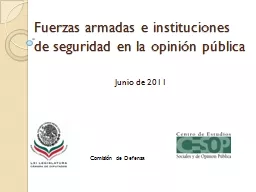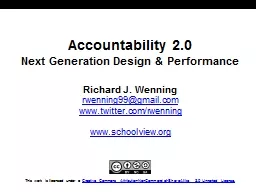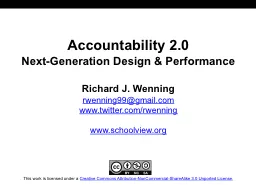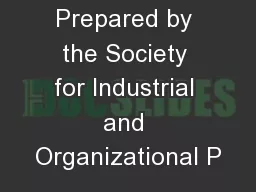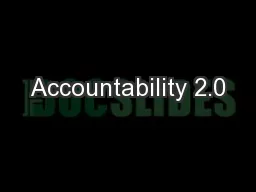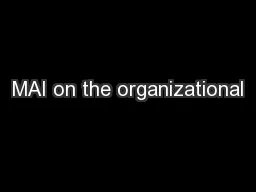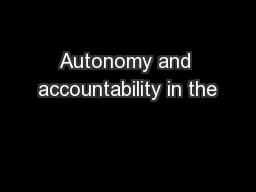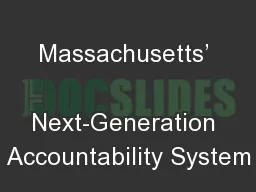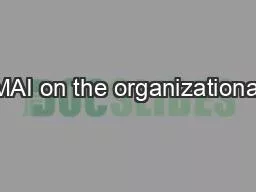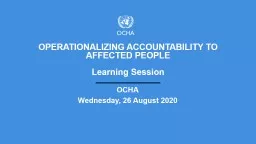PPT-Increasing Organizational Accountability and Performance: Activity Tracking for Employment
Author : natalia-silvester | Published Date : 2018-03-20
2015 APSE National Conference Philadelphia June 2325 2015 Alberto Migliore PhD University of Massachusetts Boston Kelly Nye Lengerman MSW University of Minnesota
Presentation Embed Code
Download Presentation
Download Presentation The PPT/PDF document "Increasing Organizational Accountability..." is the property of its rightful owner. Permission is granted to download and print the materials on this website for personal, non-commercial use only, and to display it on your personal computer provided you do not modify the materials and that you retain all copyright notices contained in the materials. By downloading content from our website, you accept the terms of this agreement.
Increasing Organizational Accountability and Performance: Activity Tracking for Employment: Transcript
Download Rules Of Document
"Increasing Organizational Accountability and Performance: Activity Tracking for Employment"The content belongs to its owner. You may download and print it for personal use, without modification, and keep all copyright notices. By downloading, you agree to these terms.
Related Documents

